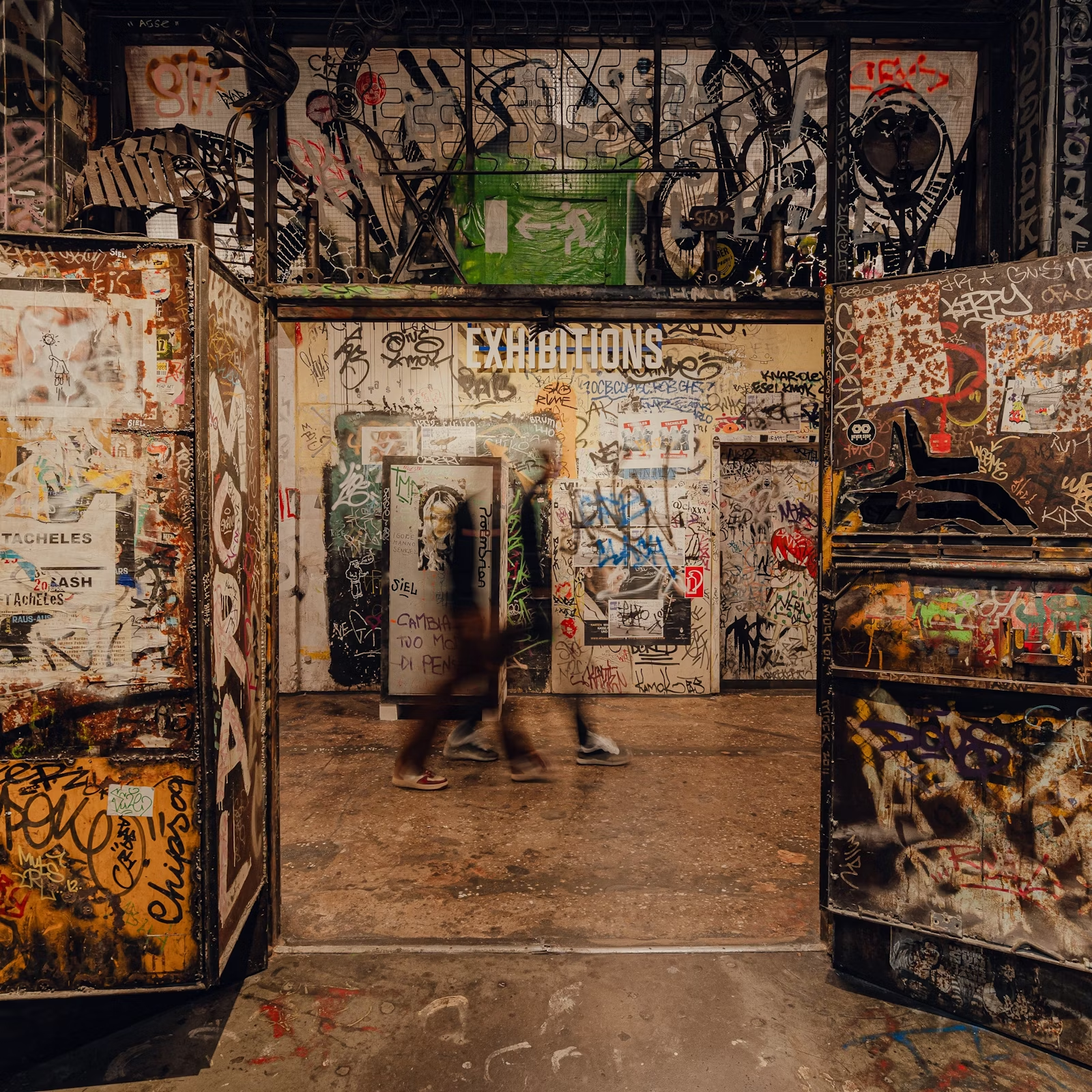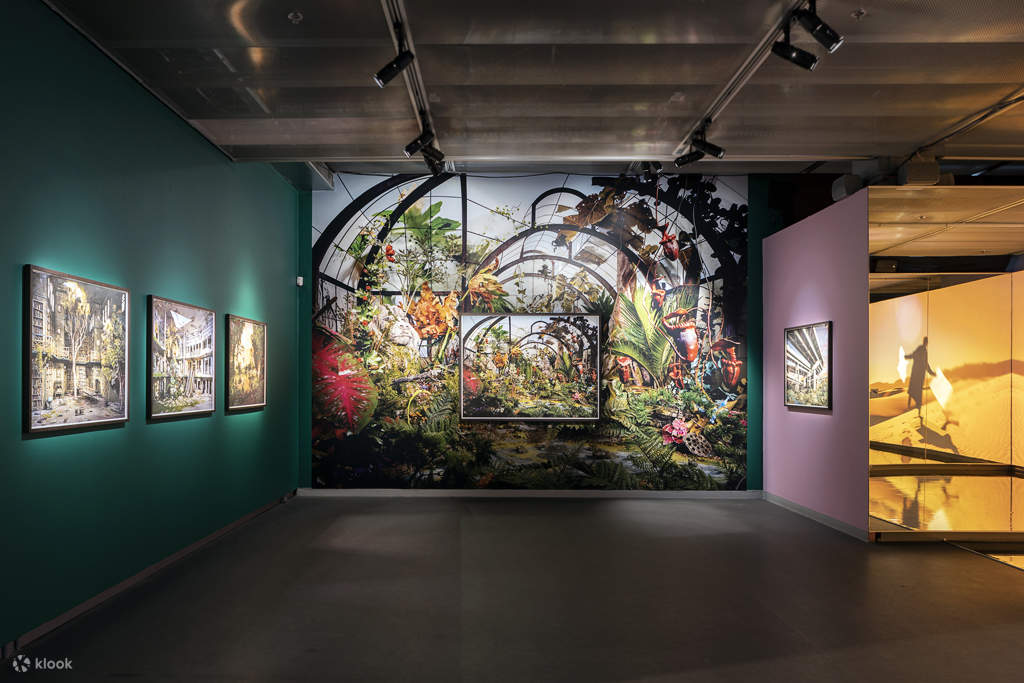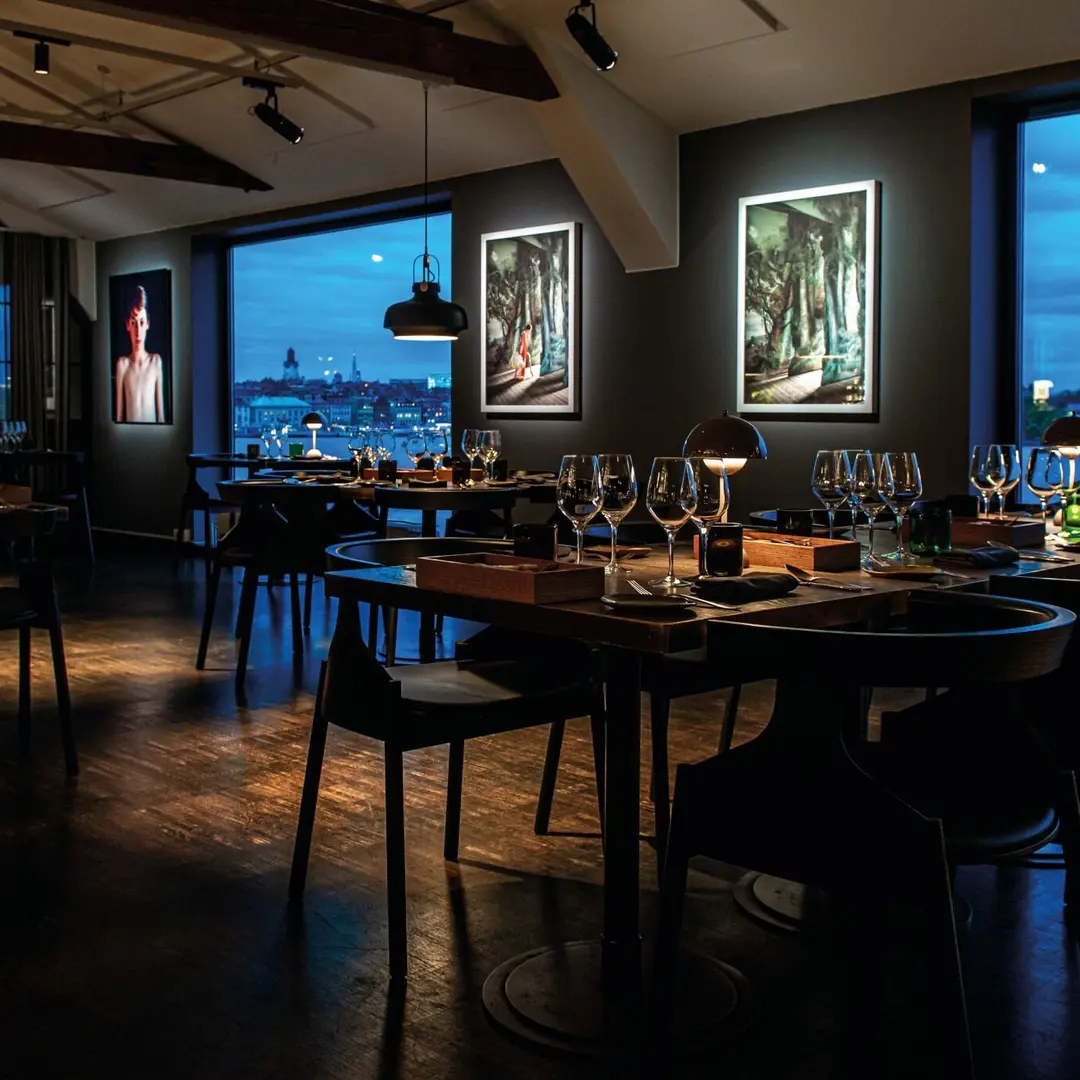
Yoram Roth. Photo by Thomas Friedrich Schäfer, courtesy of Fotografiska.
Amidst the trials facing the museum industry, particularly in the West, the conversion of culture into a profitable enterprise has become a global imperative. While Asian counterparts have been innovative, blending models like the IP and experience economy, in the West, few have perfected the fusion entirely. This intricate scenario underscores the urgent need for museums worldwide to innovate, especially as issues like declining donor funds, shifting demographics, and a growing sense of disconnection among Gen Z persist. Leading the charge are US museums – embracing entrepreneurial strategies, forming unconventional alliances, and diversifying revenue streams to stay ahead. This transformative shift reflects a broader recognition of the diverse benefits of investing in culture, extending beyond financial gains to enhance brand image and safeguard heritage. Yet, the ongoing struggle to strike a balance between passion and profitability in the cultural sector remains.
At the forefront of this revolution stands Fotografiska, a ground-breaking independently-financed venture that challenges traditional museum norms. Unlike its counterparts, which often rely heavily on government subsidies or private donations, Fotografiska is blazing its trail to self-sustainability and ultimately profitability through inventive revenue streams. Spearheaded by CEO and cultural investor Yoram Roth, Fotografiska embodies a forward-thinking approach, placing sustainable business practices and global expansion at its core. This bold strategy integrates licensing artistic IP, brand partnerships, and franchising, setting Fotografiska apart as a trailblazer in the art business landscape. With Roth’s entrepreneurial prowess driving the helm, Fotografiska opened its flagship venue in Shanghai last year, marking its Asian debut in the Suzhou Creek area. While the venue has captured the attention of culture aficionados, the true depth of Fotografiska’s innovative model and Roth’s ambitions for worldwide expansion remain underexplored by local audiences.

Yoram Roth. Photo by Thomas Friedrich Schäfer, courtesy of Fotografiska.
Roth is a cultural entrepreneur from Berlin, whose journey began amidst the electronic music boom of the early 90s. With a keen eye for innovation, he founded the electronic music label D’Vision Records, contributing to the city’s dynamic music scene. Yet, his ambitions led him across the Atlantic to Los Angeles, where he established a company specialising in music and image publishing rights. Upon returning to Berlin, he assumed control of his father’s real estate business, leveraging it to invest in diverse ventures within hospitality and media. For Yoram Roth, entrepreneurship has been a journey of experimentation, trials and errors, as he continues to seek the optimal fusion of his passions and profitable endeavours.

Courtesy, Fotografiska New York
Despite his love for photography, which he studied in New York, Roth’s true passion lies in entrepreneurship. In 2017 he was able to combine these two fields when he acquired a majority stake in Fotografiska, a photography museum initially founded in Stockholm, Sweden in 2010. Yoram then led the museum’s expansion to New York City as well as licensed the first franchise expansion to Tallinn, the capital of Estonia. Roth undertook a significant restructuring in 2023 when he acquired the remainder of Fotografiska and expanded its global footprint, unveiling large flagship venues in Berlin and Shanghai.

Courtesy, Fotografiska New York
Breaking away from the conventional museum model, Fotografiska integrates frequently-rotating exhibitions with guest-facing services such as bars, restaurants, concept stores, cultural programmes and event spaces. Beyond offering activities for its community, Fotografiska also engages in collaborations with luxury brands for B2B projects. While this approach is not new in Asia, where institutions like UCCA in Shanghai and the X Museum in Beijing have adopted similar strategies, it is a departure from the more traditional museum structures in Europe. These institutions still prefer pure funding-based sponsorship models over partnerships. This innovative approach challenges the historical fundraising methods of European and American museums, which often rely on large corporate donations and private donors’ preferences and interest in increasingly robust naming rights. By diversifying revenue streams and aligning with contemporary values, Fotografiska’s model endeavours to address the issues maintaining creative relevance and curatorial edge through financial sustainability.
In terms of its business approach, Fotografiska operates more like a cultural brand, continuously attracting franchise requests, but it is a diligent vetting process. Roth’s introduction of an entrepreneurial mindset to the traditional museum industry highlights the potential for revenue from branding, services, and real estate ventures, alongside government and private sponsorship funds.

Courtesy, Fotografiska New York
Staying true to the essence of museums, Fotografiska excels in curating top-quality exhibitions. Not keeping a permanent collection, the institution instead is able to always stay on the cutting edge of the contemporary, and showcase an exceptional range of works by local and international artists swiftly and with great care. It also extends support to artists by connecting them with galleries specialising in photography, when needed. “We can be creative with the business model, but Fotografiska is extremely serious when it comes to the art itself. The photographers and the exhibitions must be handled with the highest respect.”
Fotografiska is innovating the traditional museum model by addressing key drawbacks prevalent in the industry. Recognizing the need for a more immersive experience, Roth tells me that Fotografiska tailors its offerings to local audiences, contrasting with the limited accessibility of many traditional museums, which often function as “pilgrimage” sites for art, failing to cater to post-work leisure times. “The best museums in the world are often not accessible for its local constituents if they’re only open during the day. 10-6 may work for tourists and students, but the rest of us are working. That’s why Fotografiska is open late, and makes it possible to visit an exhibition while sharing a drink” Roth explains. Instead of maintaining a separation between revenue-generating amenities like restaurants and shops and the artistic essence of the museum, Fotografiska integrates them seamlessly, enhancing the overall cultural experience. By collaborating with artists to launch limited-edition derivative products in its concept store, Fotografiska enriches visitor experiences, boosts revenue, and fosters a sense of community among its patrons. This strategic approach extends beyond mere revenue generation, serving as a core component of Fotografiska’s branding strategy, positioning it as a dynamic cultural destination at the forefront of innovation and inclusivity within the industry, substantially levelling up its brand equity.

Fotografiska Berlin – Courtesy, Fotografiska Berlin
Roth emphasises the importance of integrating the brand’s exhibitions with the local community, recognising the diverse lifestyles and preferences within each city. As a result, Fotografiska has earned a reputation for its savvy choice of locations that seamlessly blend with the unique vibe of each urban area. “The mix matters. We want to show leading global artists, while being a museum that also features local emerging talent. The goal is to do the same thing in our retail shops, and in the programming talks we offer.” according to Roth “As such, we attract hundreds of thousands of visitors a year, both the cool locals, as well as the tourists with an eye for culture.”

Fotografiska Shanghai Bistro, Mona – Courtesy Fotografiska Shanghai
Currently, Fotografiska’s flagship venues are housed in carefully renovated century-old buildings, a deliberate decision that, combined with the brand’s focus on attracting culturally curious urbanites with spending power, creates a model that integrates exhibitions, dining, and community engagement. This approach not only draws foot traffic but also attracts real estate investors looking to capitalise on rising property values and increased tourism. Art is increasingly becoming a part of real estate projects worldwide, from eye-catching installations in Chinese malls to curated exhibitions across continents. Fotografiska’s presence acts as a magnet for local visitors, boosting property values and enhancing the district’s tourism scene. This aspires to the impact seen with institutions like UCCA in Beijing’s 798 Art District and the Guggenheim in Bilbao.

Fotografiska Museum in Stockholm – Courtesy Fotografiska Stockholm
In envisioning the future of real estate investing, Fotografiska is charting a new course. While traditionally, the strategy involves acquiring property rights and collaborating with operational partners to enhance properties with amenities like shops and restaurants, Fotografiska is poised to revolutionise this approach. Rather than simply affixing their brand to properties, they are pioneering a more sophisticated strategy: licensing their intellectual property and providing content with management services. This innovative model holds the potential to reshape the landscape of real estate investment, offering a pathway for future investors to engage with Fotografiska’s rich cultural ecosystem while mitigating financial risks.This means that brand partners not only benefit from the prestige of the Fotografiska name but also gain access to a steady stream of exhibitions, membership perks, catering services, and curated store content, along with comprehensive management services. Collaborating with Fotografiska isn’t just about acquiring a recognisable brand—it’s about tapping into a rich cultural ecosystem. The enduring popularity of Fotografiska’s core exhibitions and community initiatives serves as a magnet for repeat visitors, enhancing its attractiveness to the investment market and mitigating financial risk for real estate investors. Through the strategic use of licensing intellectual property, Fotografiska can realise early profits when expanding into new markets, thereby further incentivizing collaboration with brand partners.

Fotografiska Stockholm Restaurant. Courtesy Fotografiska Stockholm
Roth believes that many art projects undertaken by real estate companies today fall short; they need to go beyond hanging artwork on walls and create ongoing projects that attract foot traffic and encourage repeat visits. Fotografiska’s approach offers a vibrant cultural experience that goes beyond conventional art exhibitions. By integrating hospitality, catering, and membership perks, Fotografiska distinguishes itself from mere exhibition spectacles in the experience economy. Each revenue stream complements the others, creating a mutually beneficial setup unlike ventures like Superblue and TeamLab, which heavily rely on internet celebrity status for ticket sales, Fotografiska’s IP model generates a continuous appeal and a comprehensive and sustainable revenue stream based on visitors who return regularly.

Fotografiska Shanghai – © Seth Powers
Roth’s grand plans for global expansion highlight the pivotal role of entrepreneurship in reshaping the future of art institutions, tapping into shifting donor trends and a growing appetite for active cultural engagement. Reflecting on his journey, Roth stresses the need to sell innovative ideas effectively to overcome initial scepticism. “First comes the trust from the art community, the business world comes later,” he says. Fotografiska’s approach prioritises trust-building within the art community, positioning them as leaders in reshaping the future of cultural institutions. As Roth asserts, “Fotografiska is a leader in this cultural business because we’re the first ones who are really changing the way that an audience can interact and experience art.”
-the end-
Text: Luning
Copyediting: Rosie


